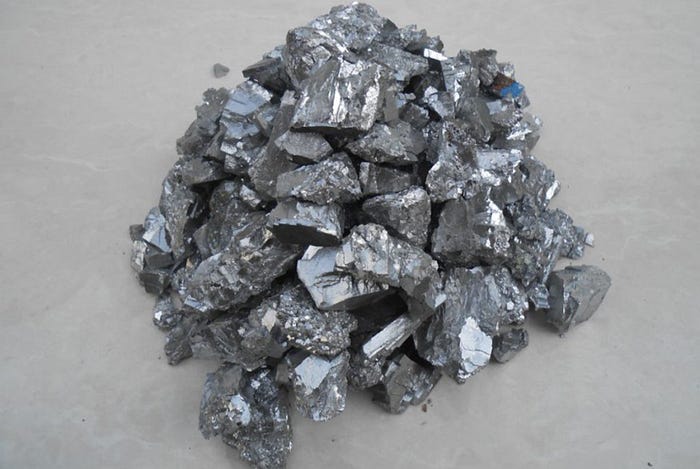Unlocking the Refining Process: Ferro Chrome and Ferro Manganese
The world of metallurgy relies heavily on the production of alloys to meet the growing demands of various industries. Among the essential alloys are ferro chrome and ferro manganese, known for their remarkable properties and wide range of applications. However, the journey from their respective ores to the refined products involves intricate refining processes.

Ferro Manganese and Ferro Chrome Manufacturers in India use a plethora of different procedures to extract premium quality products. The transformation of raw materials into valuable alloys is made possible with different processes and steps.
Refining Ferro Chrome
1. Chromite Ore Extraction: The first step in the refining process is the extraction of chromite ore, which typically contains chromium, iron, and oxygen. Chromite deposits are mined in various countries, including South Africa, India, and Kazakhstan. The extracted ore is then transported to smelting facilities for further processing.
2. Smelting: Smelting involves the reduction of chromite ore using carbonaceous materials such as coke (carbon) in an electric arc furnace. The furnace operates at extremely high temperatures, around 2,800°C, enabling the reduction process. As a result, ferro chrome is produced along with carbon monoxide gas. The molten ferro chrome is then tapped and transferred to ladles for subsequent refining.
3. Refining: The refining process focuses on removing impurities and adjusting the composition of the ferro chrome alloy to meet specific requirements. Various refining techniques are employed, including argon oxygen decarburization (AOD) and vacuum degassing. These processes involve controlled additions of oxygen, argon, or other gases to reduce the carbon content and eliminate unwanted impurities such as sulfur and phosphorus. The outcome is a high-quality ferro chrome alloy ready for use in different industrial applications.
Refining Ferro Manganese
1. Manganese Ore Extraction: The first step involves mining manganese ore from deposits found worldwide, with significant reserves located in South Africa, Australia, and Brazil. The extracted ore contains manganese, iron, and other impurities.
2. Roasting: Roasting is a crucial step in the refining process. The manganese ore is heated in the presence of oxygen to convert it into manganese oxide (MnO). This process is known as roasting or calcination. Roasting can be conducted in rotary kilns or fluidized bed reactors, depending on the specific requirements and scale of production.
3. Reduction: The reduction process involves the transformation of manganese oxide (MnO) into manganese metal (Mn). This reduction is typically accomplished through a two-step process. In the first step, the manganese oxide is reduced using carbonaceous materials like coke or coal in a blast furnace or electric arc furnace. The resulting product is known as ferro manganese slag. In the second step, the slag is further refined to produce ferro manganese alloy by adding a specific amount of high-grade manganese ore along with fluxes and other additives.
The refining processes conducted by ferro chrome and Ferro Manganese Manufacturers in India showcase the intricate steps involved in transforming their respective ores into valuable alloys. These refined alloys, with their unique properties, play a vital role in various industries, including steel manufacturing, foundries, and construction.
By understanding the refining methods, we gain insight into the complex metallurgical processes that underpin the production of ferro chrome and ferro manganese, enabling us to appreciate their significance in advancing technological and industrial progress.